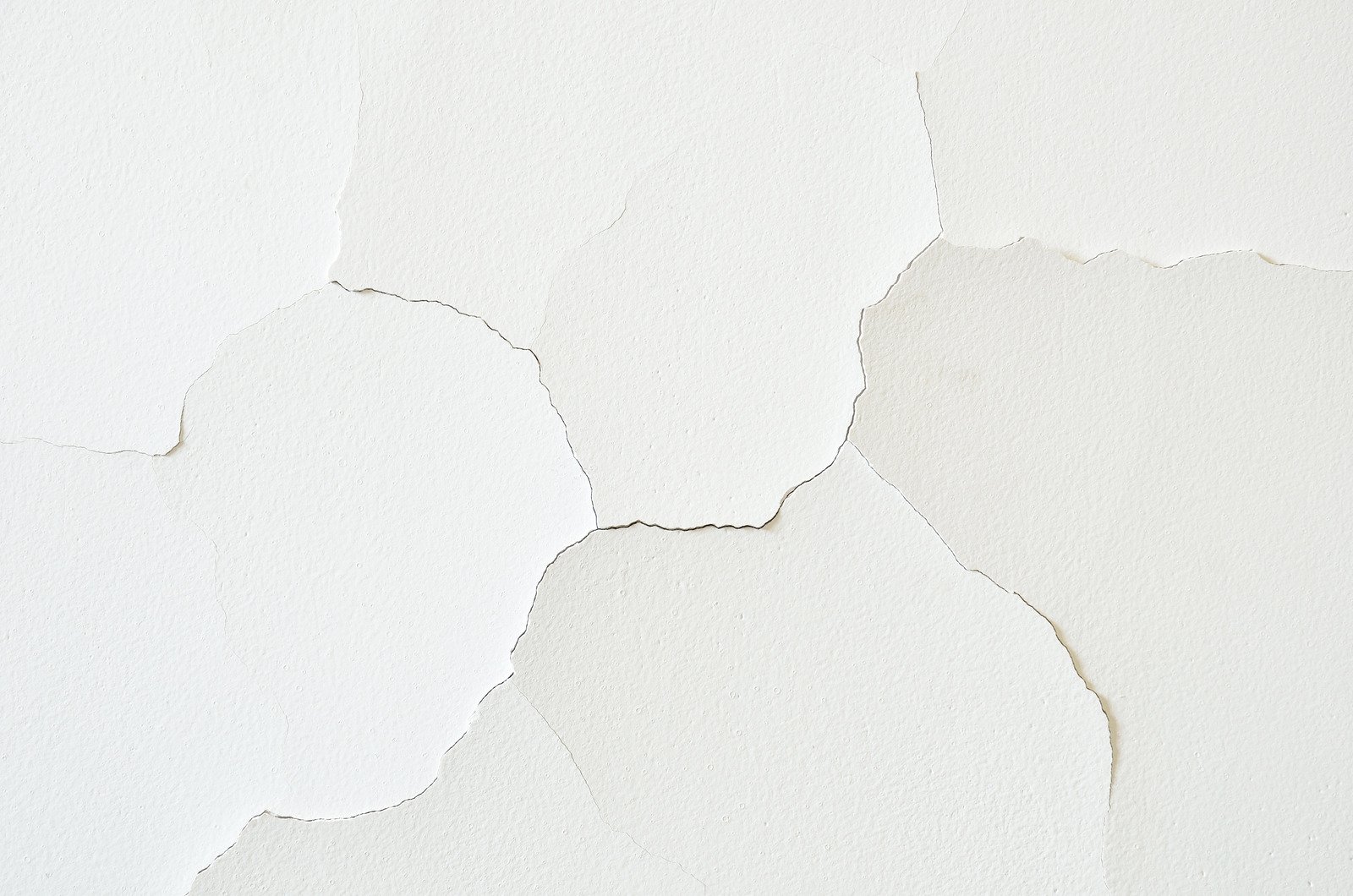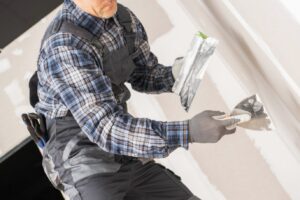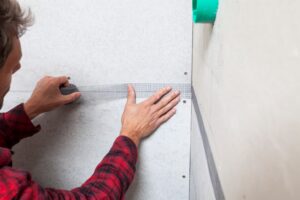This common problem can happen for a few reasons, like too much moisture or mixing the mud the wrong way. Fixing it takes more than just adding another layer on top. You need to understand why it cracked and use the right steps. Let’s look at how to fix these cracks properly and make sure your drywall stays smooth and strong for years to come.
Key Takeaways
-
Mix drywall mud correctly by using the right amount of water so it doesn’t dry too fast or crack.
-
Work in a room with stable temperature and humidity to keep the mud from drying unevenly.
-
Use high-quality mud and seal the drywall to help it stick better and prevent cracks.
-
Apply thin layers of mud and let each layer dry fully before adding another one.
-
If cracks appear, scrape off the damaged mud, clean the area, and reapply a smooth layer.
Understanding the Causes of Drywall Mud Cracking
When you see cracks in your drywall mud, it’s important to figure out why they’re happening. The main causes are often moisture levels and how the drywall is made. If the drywall mud is cracking in your basement, or below ground floors, check your foundation to make sure proper drain rock installation from your slinger contractor was performed correctly – which helps water to drain away from the foundation of your home.
If your drywall has absorbed moisture, the mud may not stick properly and will start to crack. Changing humidity in the room can also cause the mud to dry too fast or too slow, which weakens it.
Sometimes, using cheap or poor-quality mud can lead to cracks too, as it might not bond well with the wall. To reduce cracking, make sure your drywall is dry and sealed, and try to keep moisture levels in the room steady.
The Importance of Proper Mixing Techniques
Mixing drywall mud the right way is more important than it seems. It helps the mud stick better and last longer.
Start by measuring the water and mud carefully. Too much water makes the mud weak and likely to crack. Too little water makes it hard to spread.
Use the right tools—a power mixer works better than mixing by hand. Stir the mud until it’s smooth and creamy, with no lumps.
Taking your time to mix it properly will help prevent problems later and give your wall a better finish.
Environmental Factors That Contribute to Cracking
The room’s temperature and humidity can also cause your drywall mud to crack.
If it’s too hot or cold, the mud may dry unevenly or too quickly. That can lead to cracks. High humidity can slow the drying process, while low humidity can make it dry too fast. Both situations can cause problems.
Try to work in a room where the temperature and humidity are controlled. If that’s not possible, wait for better conditions before starting your project.
Tips for Applying Drywall Mud Correctly
Getting a smooth finish depends on how you apply the mud.
First, check the mud’s consistency. It should be creamy and easy to spread—not too runny or too thick.
Use a 10- or 12-inch taping knife for spreading the mud. Start at the edges, apply a thin coat, and feather the edges so it blends into the wall. Work on one area at a time to stay in control.
Let each coat dry completely before adding another. Be patient—rushing can lead to cracks. Lightly sand between coats to get a smooth surface.
Repairing Cracked Drywall Mud: Step-by-Step Guide
Cracks in drywall mud can be annoying, but fixing them is easy if you follow these steps:
-
Scrape off the cracked mud using a putty knife.
-
Clean the area to remove dust and dirt.
-
Apply a thin new layer of mud and feather the edges.
-
Let it dry for about 24 hours.
-
Sand it lightly for a smooth finish.
To avoid cracks in the future, use a good primer before applying mud and don’t apply it too thick.
Frequently Asked Questions
Can I use old drywall mud that has been sitting around?
Yes, but check the texture first. If it’s too dry or clumpy, don’t use it. Keep mud sealed and stored in a cool place to make it last longer.
How long should I wait between drywall mud applications?
Wait at least 24 hours between coats. Make sure the layer is fully dry before adding the next to avoid cracking.
Is it normal for drywall mud to dry unevenly?
Yes, especially if you apply it in different thicknesses or if the room has temperature changes. Keep your workspace climate-controlled to help it dry evenly.
What tools are best for applying drywall mud?
Use taping knives in different sizes, mud trays, and a good sanding block. These tools help you get clean, even lines and smooth finishes.
Can humidity levels affect the drying time of drywall mud?
Definitely. High humidity slows drying, while low humidity speeds it up. Both can cause cracks. Keep the room ventilated and monitor the moisture level.
Conclusion
To keep drywall mud from cracking, mix it properly, apply it in thin layers, and work in a room with stable temperature and humidity. Use quality materials and clean the surface well before you begin. If cracks do appear, don’t worry—just follow the simple steps to repair them. With the right approach, your walls will look smooth, strong, and crack-free for years to come.




